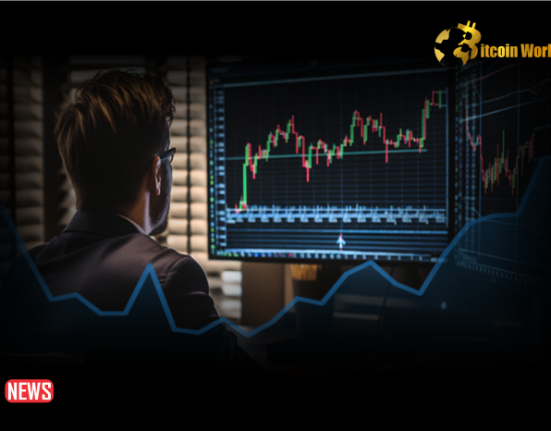
More than $ 1.4 billion were being traced by the Blockchain security company.
Blockchain security is reflecting over more than $ 1.4 billion of laundered money that was moved onto crypto exchanges in 2020, as stated by Peckshield.
According to Peckshield it has been gathering data for both online and offline. 100 million were identified after the verification and analysis.
CoinHolmes, a platform for digital asset tracking. Over 147,000 bitcoin were moved onto exchanges this year as stated by Peckshield.
These assets were correlated with hacker attacks, the dark web economy, gambling, and so on, as stated in the report. According to Peckshield’s most of the stolen funds landed in main crypto exchanges
“We ranked the exchanges with the largest amount of stolen money, and found that the top ten exchanges were: Huobi, Binance, Okex, ZB Gate.io , Bitmex, Luno, HaoBTC, Bithum, and Coinbase.”
Peckshield promoted some of the monitored addresses that have shifted their funds to crypto mixers.
“As of June 30, 2020, we have monitored the high-risk address, of which $1.62 billion flowed into the blacklist address and $15.9 billion into the mixed currency service provider In particular, it should be emphasized that most of the funds through the mixed currency service have been successfully laundered.”
The wallets associated with Plus Token were followed by suspected huge open market sales on cryptocurrency exchange, as reported by cointelegraph.














